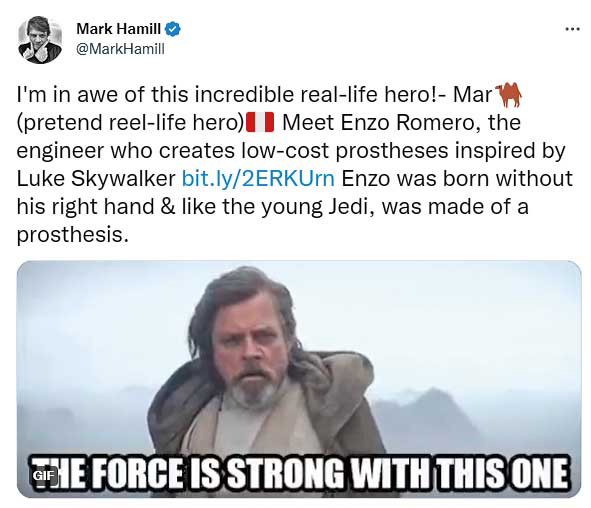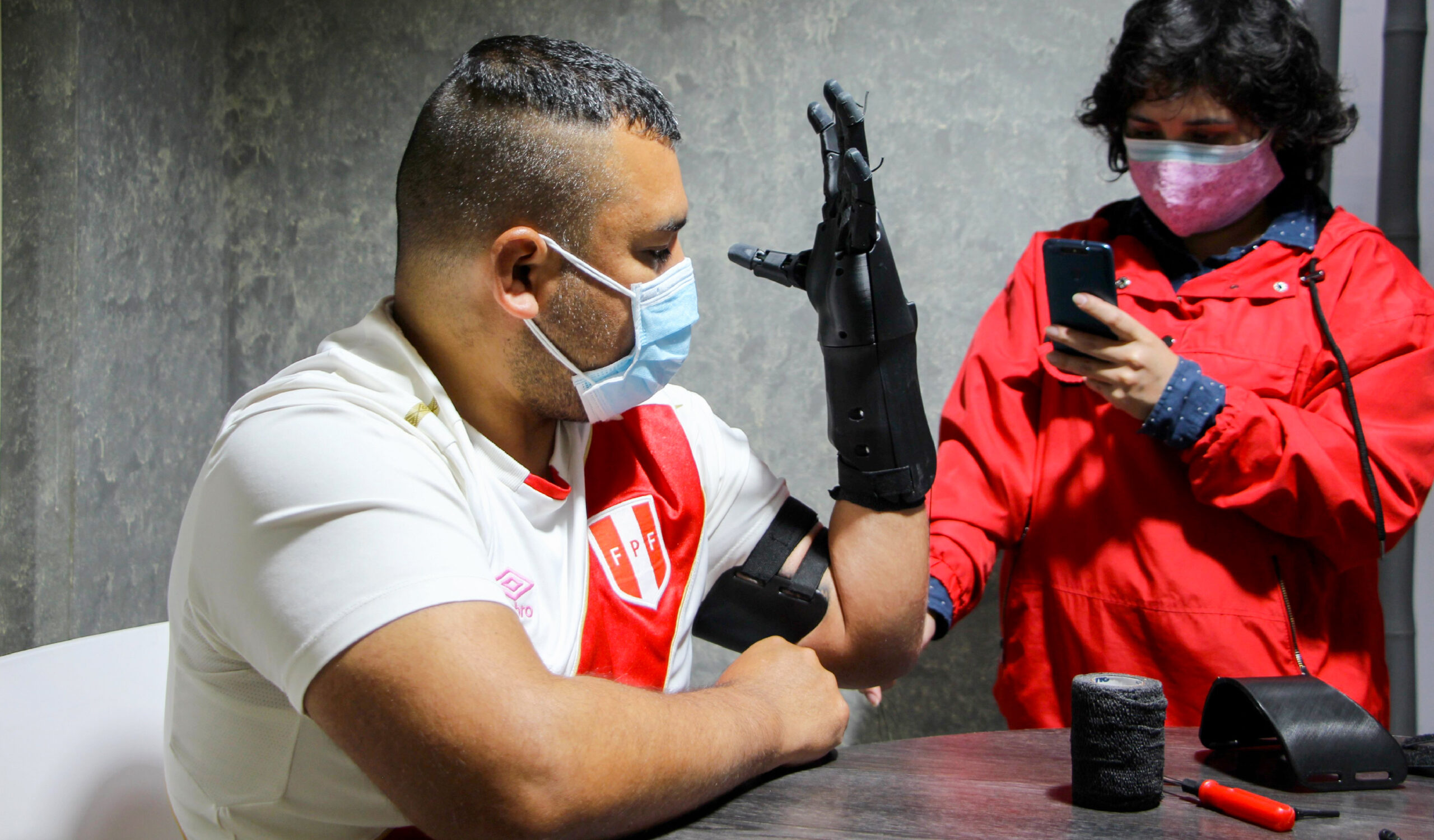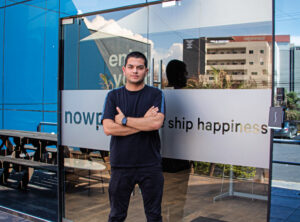This article is adapted from AQ’s special report on Uruguay
In his childhood, Enzo Romero, 30, was enchanted by Star Wars’ Luke Skywalker—but for a reason different than most. This native of Urubamba, Peru, was inspired by his hero to learn how to build prostheses— and has built a 10-person company that produces about 50 of them per year at relatively low cost.
This interview was edited for clarity and length.
Americas Quarterly: What led you to create LAT Bionics?
Enzo Romero: When I saw Star Wars as a boy, what impressed me the most was Luke [Skywalker]’s prosthesis. I was born without my right hand and longed to have one just like his. I went on to study mechatronics engineering at university.
[Then] you discover that you are not alone. We are talking about 2.5 million people in developing countries with upper limb amputation. In Peru an imported robotic prosthesis can cost as much as a down payment for an apartment—$25,000 or more. That is why we began to work on a product that wasn’t that expensive.

AQ: How do make your prostheses affordable?
ER: First by reducing the number of motors, which are all imported. We challenged ourselves: With a single engine, how many gestures could we do? We identified three: a clamp grip—when you put your thumb together with your index finger; a cylindrical grip that is for larger objects, like a glass; and a lateral grip, which is when you place your thumb against the side of your index finger, enough to grab keys and put them in the door, let’s say.
And we work with low-cost, local materials. Our prostheses cost between $2,500 and $3,000. We call our models Maki, which means hand in Quechua, and Pisco, our flagship drink in Peru. We want our products to be associated with a Peruvian identity.
AQ: What is the future for LAT Bionics?
ER: I would like to establish a center for assistive technologies in Peru, with teams that understand each case and adapt to each person’s needs. It will be known internationally that if you want such a solution, you can find it in Peru.
—
Robertson is a graduate student from Trinidad and Tobago pursuing a joint M.A. in Global Journalism and Latin American and Caribbean Studies at New York University.






